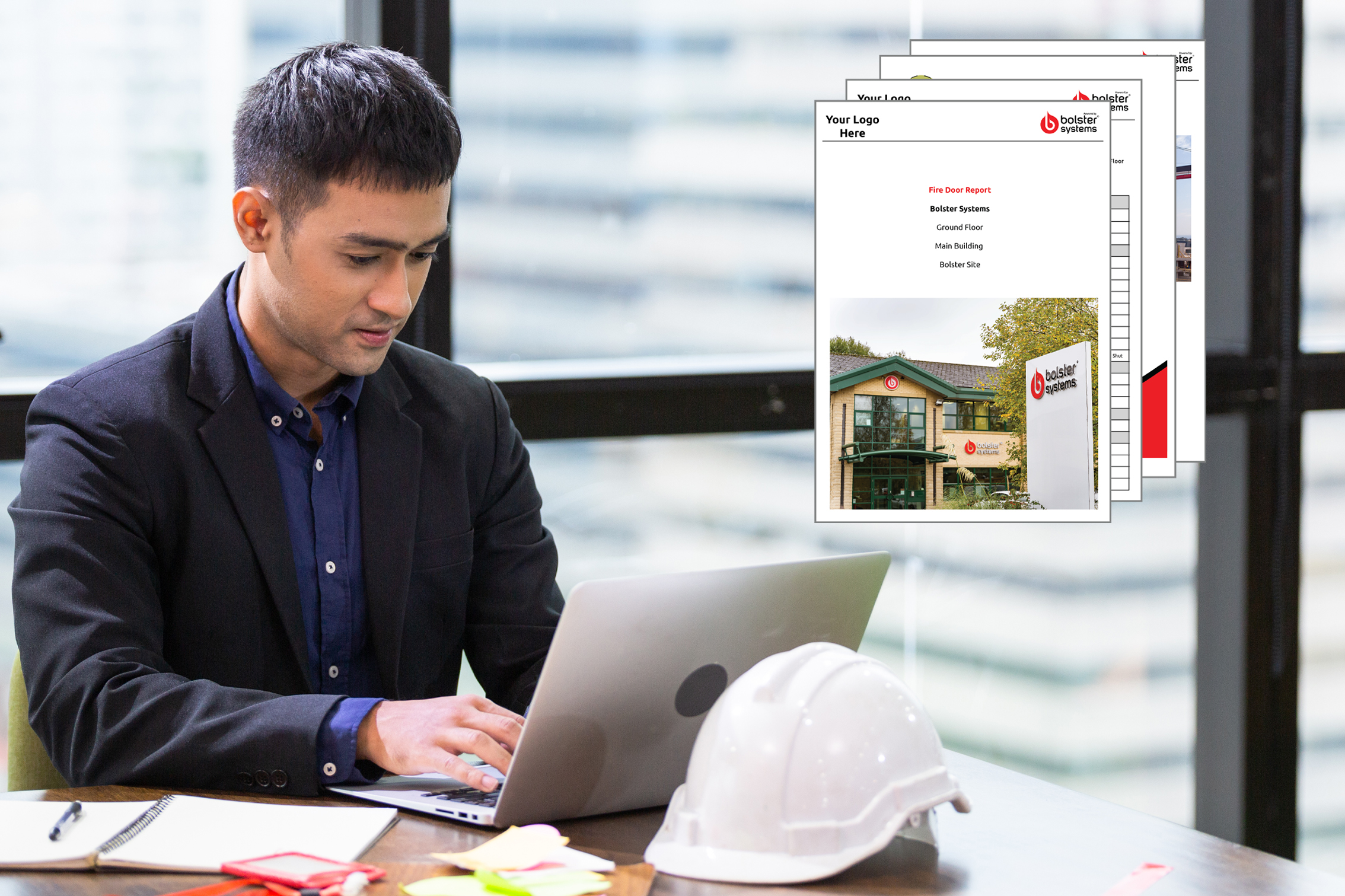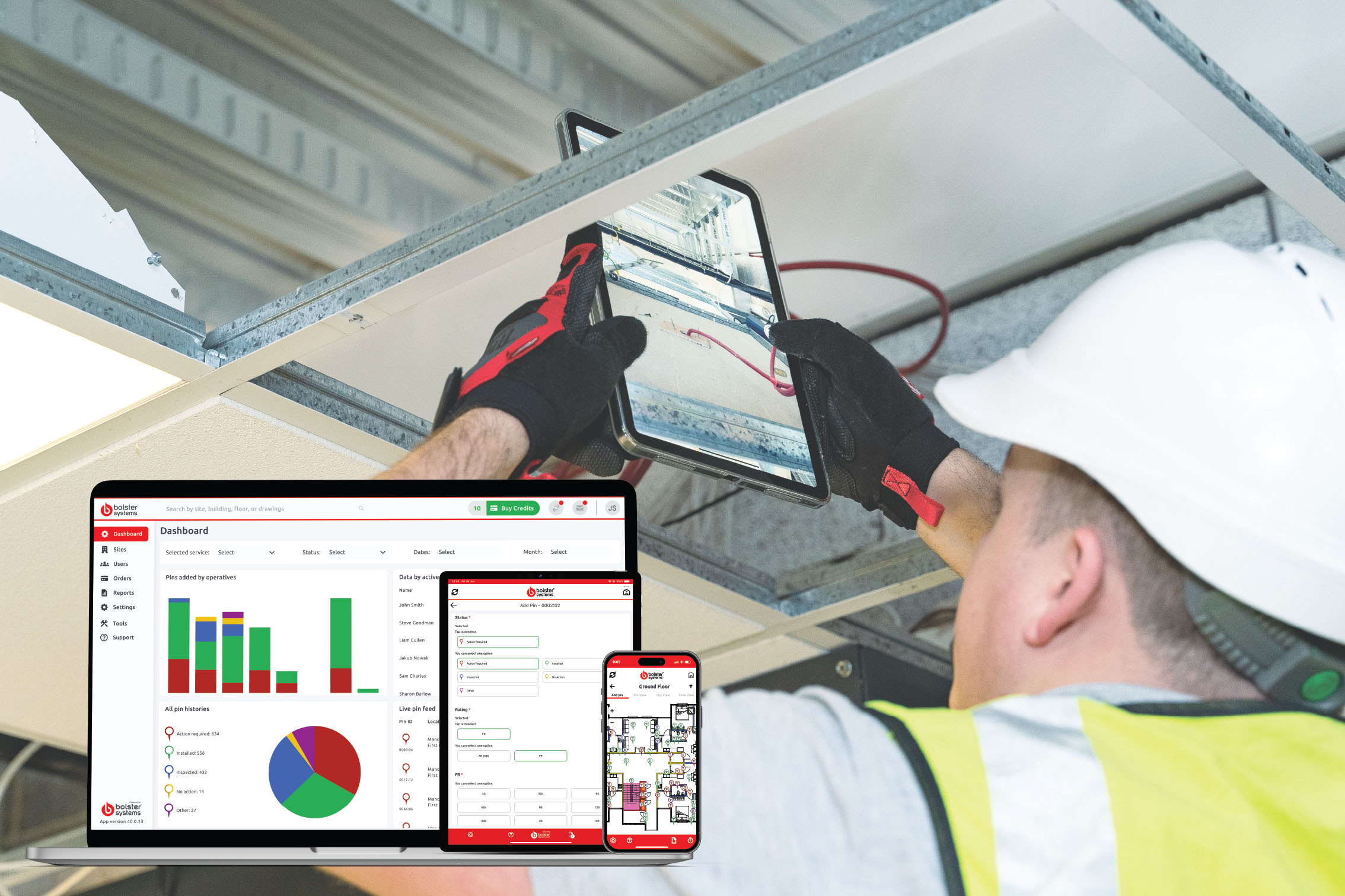The Importance of Passive Fire Protection

The importance of passive fire protection
Fire is one of the most devastating hazards that can affect any building, whether residential, commercial, industrial, or public. Fire can cause loss of life, injury, property damage, business interruption, environmental pollution, and social disruption. Therefore, it is essential to have effective fire safety measures in place to prevent and control fire outbreaks and mitigate their consequences.
One of the key components of fire safety is passive fire protection (PFP), which refers to the use of fire-resistant materials and systems that are designed to contain or slow down the spread of fire and smoke within a building without requiring any activation or movement. PFP works by creating compartments or barriers that limit the movement of fire and smoke from one area to another, thus protecting escape routes for occupants and access routes for firefighters. PFP also helps to preserve the structural integrity of the building and its assets by preventing or delaying collapse or damage.
PFP is an integral part of any fire safety strategy and should be considered from the initial design stage of a building project. PFP should comply with relevant building regulations and standards that specify the minimum level of fire resistance required for different elements and parts of a building. PFP should also be regularly inspected and maintained to ensure its effectiveness throughout the lifespan of a building.
Some examples of PFP products and systems include:
- Fire doors: These are doors with a fire-resistance rating that are used to separate different compartments or rooms within a building. Fire doors prevent or delay the passage of fire and smoke through openings in walls or floors. Fire doors should be self-closing and fitted with appropriate hardware such as hinges, latches, locks, seals, etc.
- Fire dampers: These are devices that are installed in ducts or vents that carry air for heating, ventilation, or air conditioning (HVAC) systems. Fire dampers close automatically when exposed to high temperatures or smoke signals from detectors. Fire dampers prevent or reduce the spread of fire and smoke through HVAC systems.
- Firewalls: These are walls with a high fire-resistance rating that are used to divide a building into smaller sections or units. Firewalls act as vertical barriers that stop or slow down the horizontal spread of fire and smoke across a building. Firewalls should extend from the foundation to above the roof level and have no openings except for those protected by fire doors or dampers.
- Firestopping: This is a process of sealing any gaps or openings in walls, floors, ceilings, roofs, pipes, ducts,
cables, or other penetrations that could allow fire or smoke to pass through them from one compartment to another. Firestopping involves using various materials such as intumescent sealants, mineral wool, fire-resistant boards, collars, wraps, etc., depending on the type and size of the opening and the required level of fire resistance.
PFP is not only important for new buildings but also for existing ones that may undergo refurbishment, alteration, or extension works. Any changes made to a building's structure, layout, or services could affect its original PFP provision and compromise its fire safety performance. Therefore, it is vital to consult with qualified professionals who can assess the impact of any modifications on PFP and recommend appropriate solutions.
PFP works best when combined with other forms of fire protection such as active suppression systems (e.g., sprinklers), detection systems (e.g., alarms), and education programs (e.g., training). Together, these measures can provide comprehensive protection against fires and enhance the safety of occupants and firefighters alike.
Do you need to ensure your building is fire safe and protected by PFP? contact us today at Bolster Systems to find out how you can create a digital data environment to log any changes to your PFP plans.





































